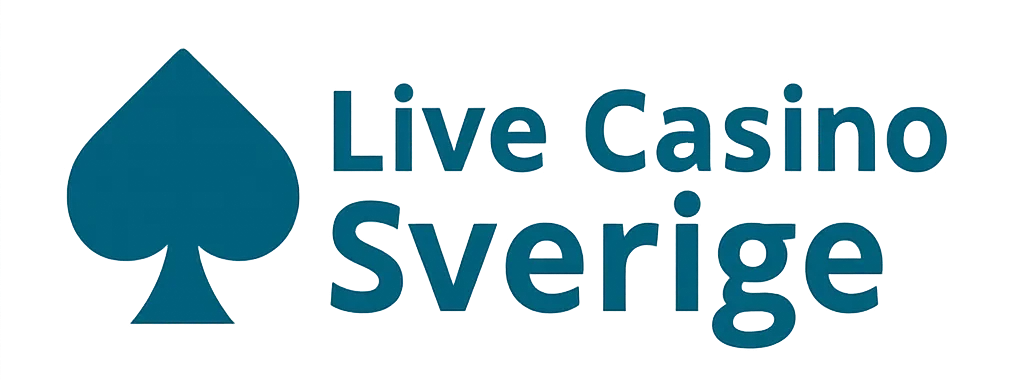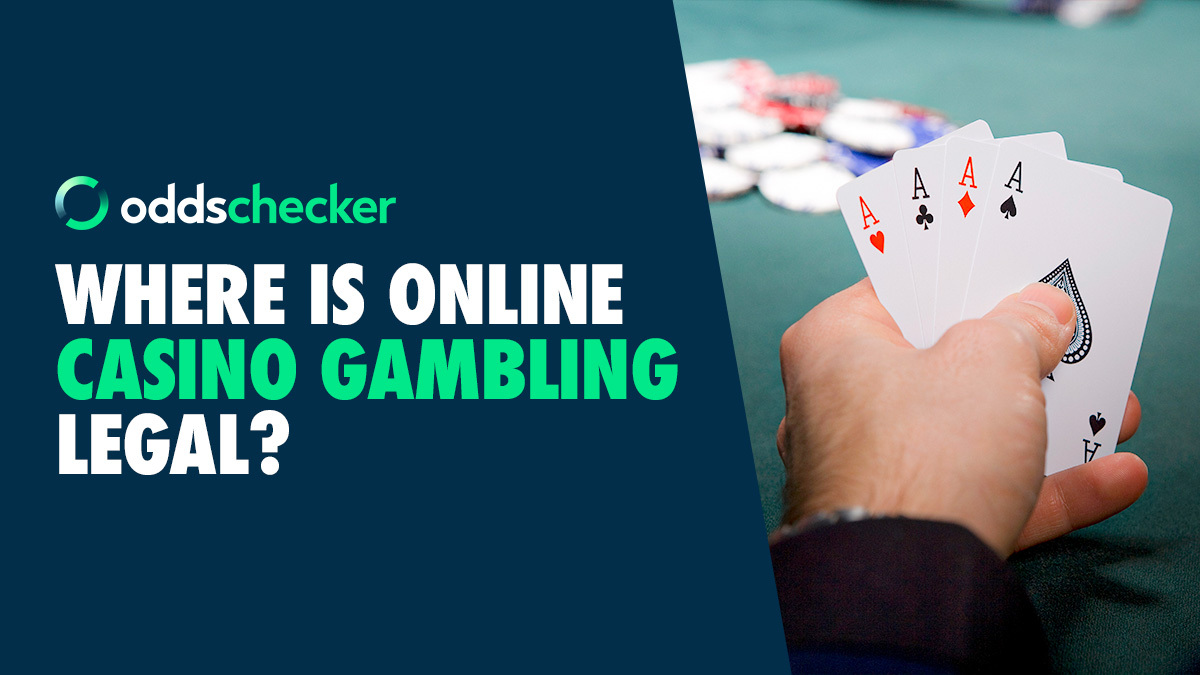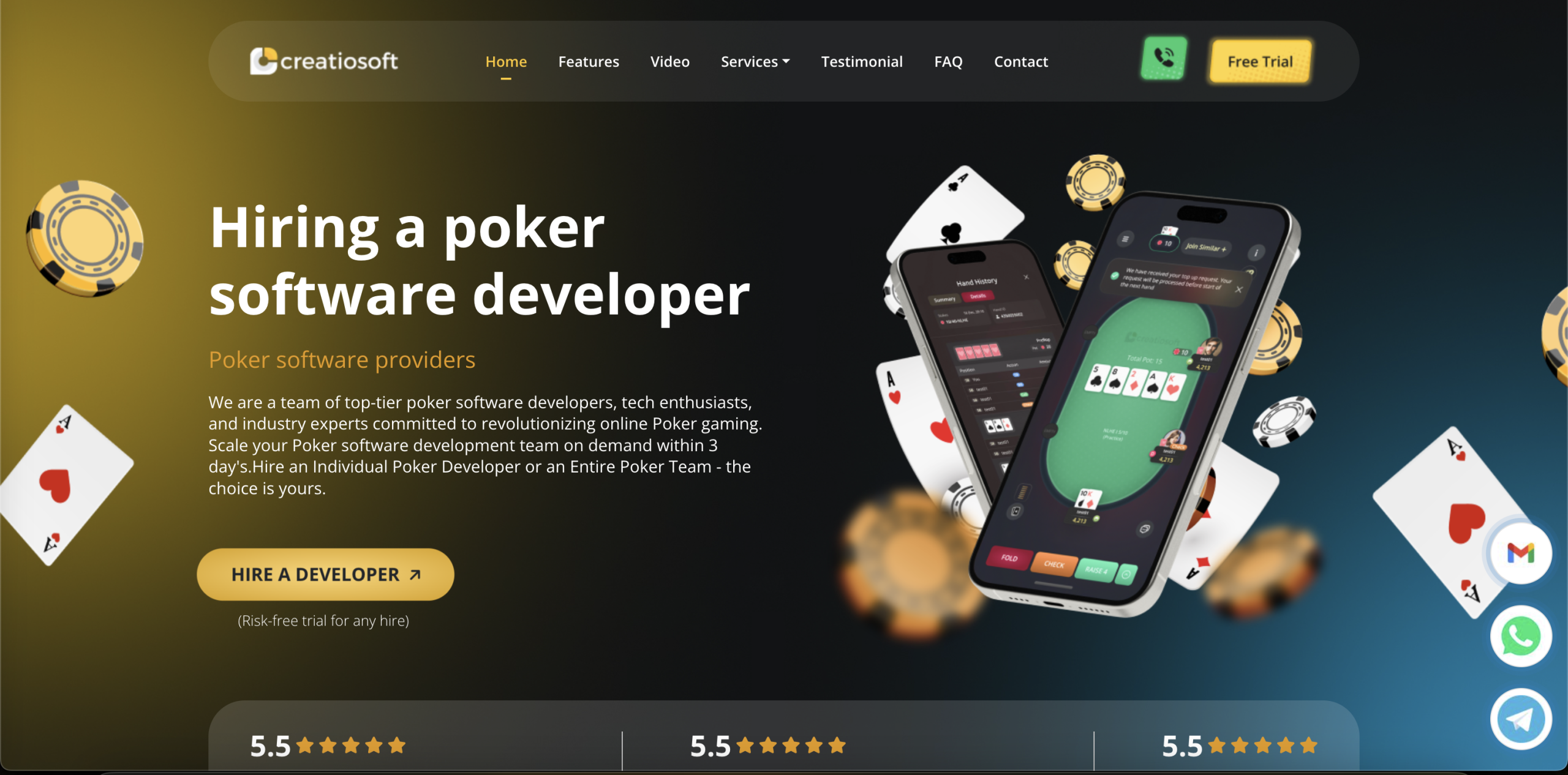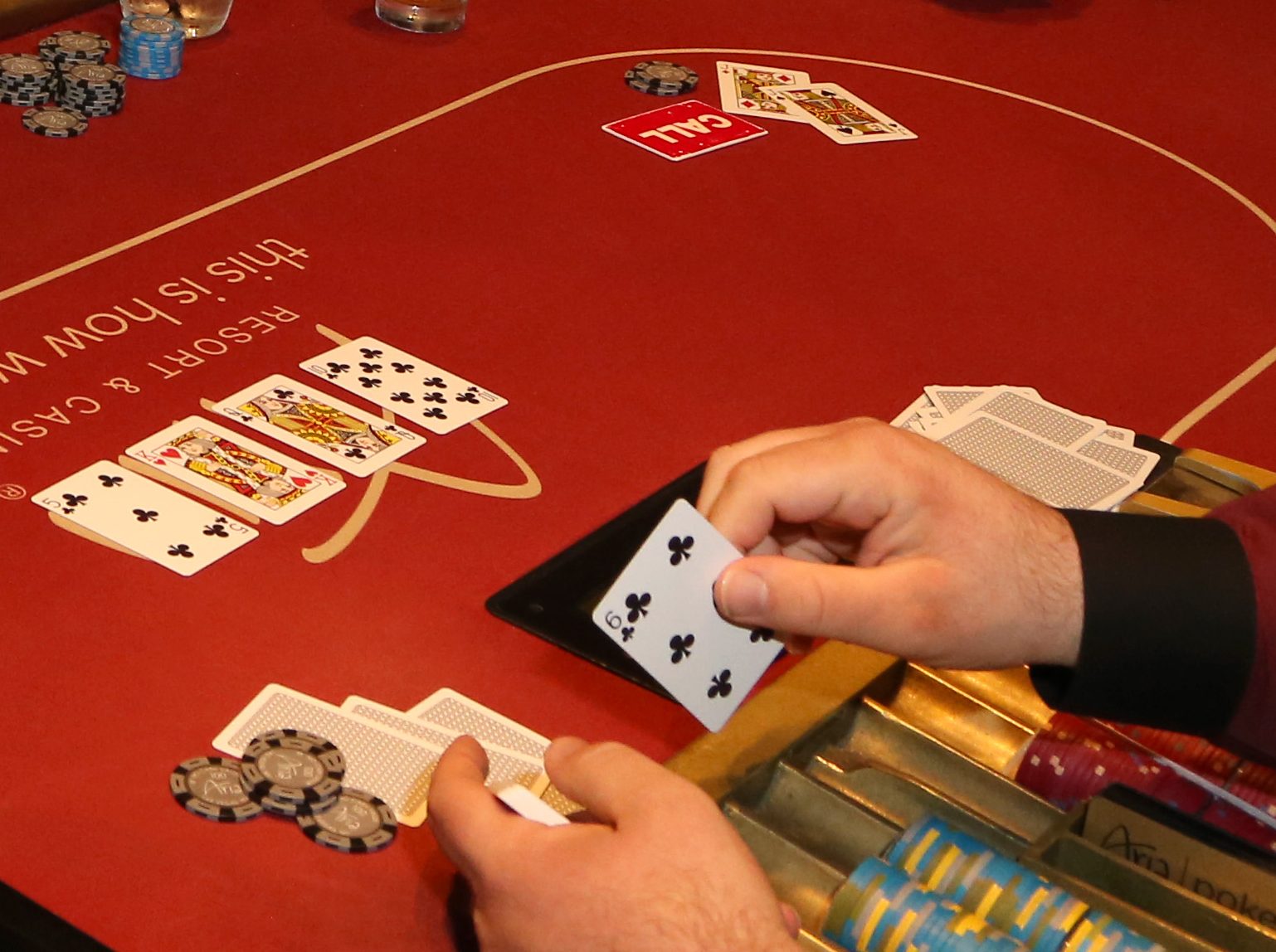Let’s be honest—bluffing is the spice of poker. Without it, the game would just be math and patience. But online? It’s a whole different beast. No eye contact, no tells, just cold, hard pixels. And yet, the best players make it work. Here’s how you can too.
The Psychology of Bluffing Online
Bluffing isn’t about lying. It’s about storytelling. You’re convincing the table your hand is stronger than it is—or weaker, if you’re reverse bluffing. Online, you lose physical tells, but you gain data. Betting patterns, timing, even chatbox habits—they all matter.
Key takeaway: Online poker is a numbers game wrapped in psychology. The best bluffs exploit both.
Reading Virtual Tells
No one’s sweating or fidgeting online, but players still leak info. Here’s what to watch for:
- Timing tells: Instant calls often mean weak hands. Long pauses? Could be strength—or a calculated bluff.
- Bet sizing quirks: Some players auto-bet the same amount with monsters or air. Track inconsistencies.
- Chatbox overcompensation: “Nice hand” after a fold? Might be masking frustration. Silence after a bluff? They’re probably proud.
When to Bluff (And When to Fold)
Not all bluffs are created equal. The golden rule? Bluff when the board looks scary. Missed draws, paired cards, or coordinated flops are your friends. Here’s a quick cheat sheet:
| Scenario | Bluff Potential |
| Dry, unconnected flop (e.g., K-7-2 rainbow) | Low—someone likely hit top pair |
| Wet, draw-heavy flop (e.g., J-10-9 two-tone) | High—players fear straights/flushes |
| Turn card pairs the board (e.g., Q-Q-7-4) | Moderate—could signal trips, but often ignored |
And for heaven’s sake, don’t bluff calling stations. Some players just won’t fold. Save your chips.
The Semi-Bluff: Your Secret Weapon
A semi-bluff is when you bet with a hand that’s weak now but could improve—like a flush draw. It’s the ultimate two-way street: if they fold, you win. If they call, you might still hit. Online, these work especially well because opponents can’t gauge your confidence.
Advanced Bluffing Tactics
Ready to level up? Try these pro moves:
- The delayed bluff: Check-call the flop, then bomb the turn. Mimics slow-playing a monster.
- Polarized betting: Go big with both bluffs and strong hands. Keeps opponents guessing.
- Blocker awareness: Hold cards that reduce opponents’ likely strong hands (e.g., bluffing with an Ace when the board has an Ace).
One caution: don’t get fancy for fancy’s sake. Over-bluffing is the fastest way to bleed chips.
Exploiting Player Types
Different opponents demand different bluffs. Here’s the breakdown:
- Tight players: Bluff more—they fold often.
- Aggressive players: Let them bluff you (trapping works wonders).
- Multi-tablers: They’re distracted. Bluff when they’re likely auto-folding.
Common Bluffing Mistakes
Even pros slip up. Avoid these pitfalls:
Bluffing too much: It’s tempting, but balance is key. If you’re bluffing more than 30% of the time, you’re probably overdoing it.
Ignoring table dynamics: Bluffing into a passive table? Good luck. Adjust to the room’s vibe.
Forgetting position: Bluffing from early position is risky. Late position? Much safer.
Final Thoughts
Bluffing online isn’t about luck—it’s about precision. Study your opponents, pick your spots, and remember: the best bluffs aren’t wild gambles. They’re calculated lies, told with chips instead of words.




